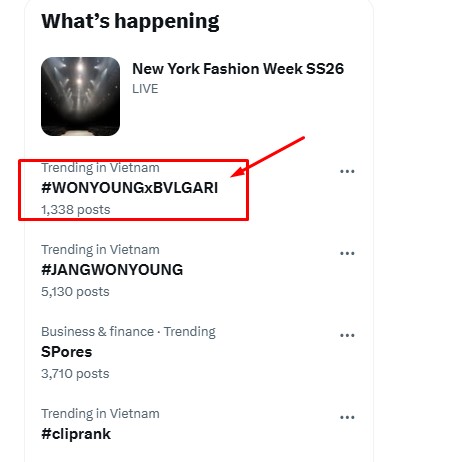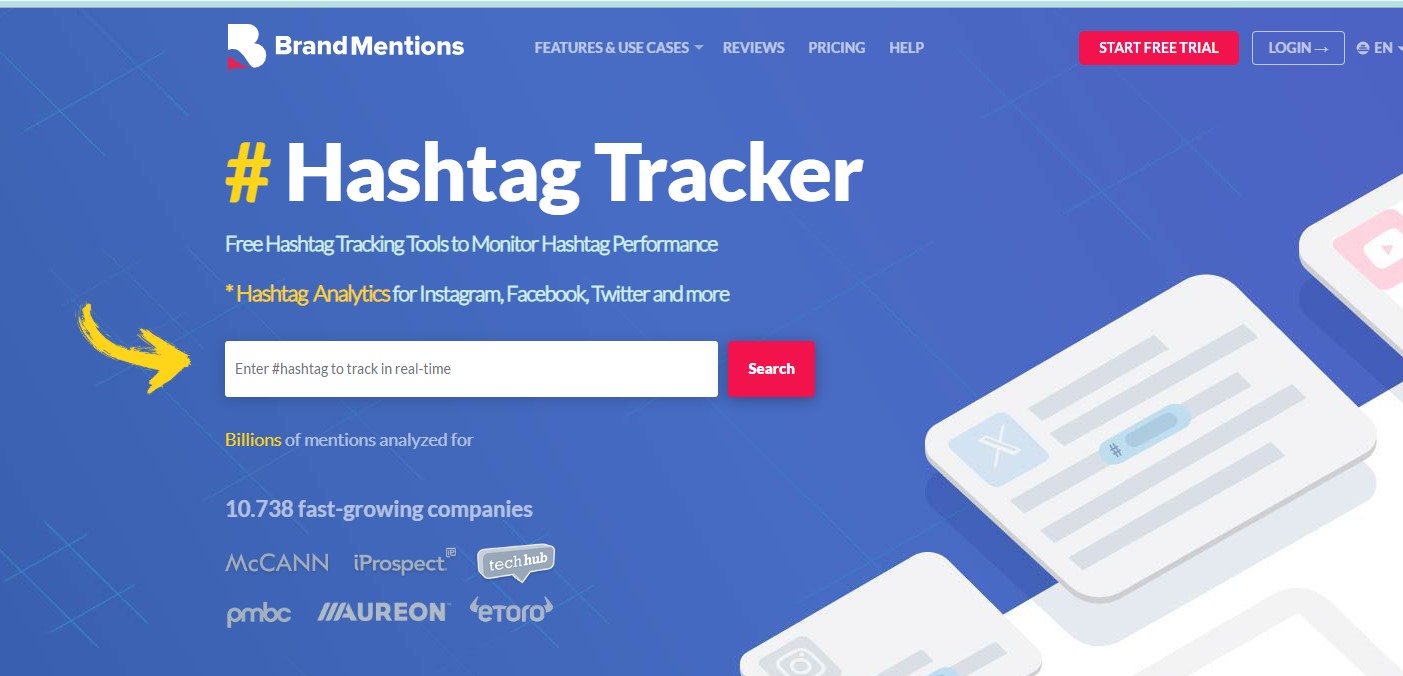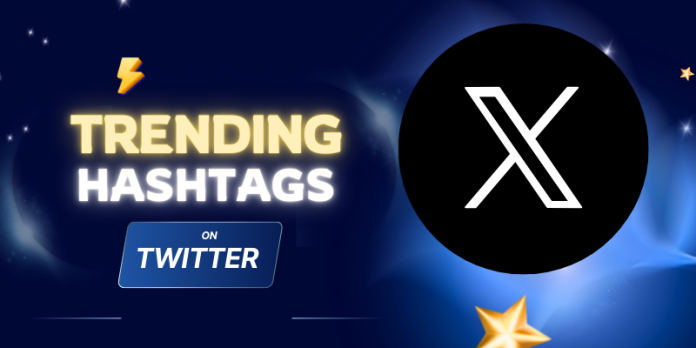There’s a reason you should treat hashtags as strategic signals, not decoration; speaking as an experienced content creator on X, you use tags to tell the algorithm what your post is about, who it’s for, and when to surface it. Focus on relevance, timing, and one or two targeted tags so your content reaches the right audience and earns the engagement that keeps it visible.
Read more:
What Is Trending Hashtags
Defining Trending Hashtags and Their Lifespan
You can identify a trending hashtag by a sudden spike in usage relative to its baseline—often a multiple of its normal hourly mentions. In practice, trends on X typically register a 5–10x jump in mentions within a 1–3 hour window, with concentration by region or interest group signaling to the algorithm that the topic has momentum. Local events or niche communities might see short, intense bursts that last only a few hours, while global events generate sustained volume across time zones.

Most hashtags follow a fast decay curve: a sharp peak, then a steep drop-off. Expect the majority of public attention to arrive inside the first 24–48 hours unless the topic receives mainstream media pickup, repeated celebrity amplification, or becomes tied to a recurring ritual (think weekly prompts or ongoing tournaments). Campaigns that combine influencer pushes, earned media, and community tags can stretch visibility from hours into multiple days.
The Mechanisms Behind Trending on Twitter
The platform’s signals prioritize engagement velocity and source diversity over raw volume, so your hashtag’s early performance matters more than total mentions. If you drive rapid retweets, replies, quote tweets and searches from a mix of accounts—verified users, active niche creators, and geographically diverse profiles—the system treats that as broad interest. Coordinated bursts from many small accounts or a single bot-driven spike will be down-ranked, whereas an organic surge involving high-authority accounts speeds discovery.
Regionalization and personalization shape what actually appears in the Trends list you see. Trending topics are filtered by location, your follow graph, and current events, which means the same hashtag can be prominent in one city and invisible in another. Platform moderation also intervenes: hashtags tied to spam, misinformation, or harassment are routinely suppressed, while those picked up by mainstream outlets gain a secondary boost because news coverage generates sustained, cross-platform attention.
To exploit these mechanics, you should seed a trend with staggered amplification: coordinate 5–10 trusted community accounts to retweet or reply within the first hour, include a visual or short video to increase dwell time, and prompt conversational actions (questions or calls to reply) rather than passive likes. Aim for engagement rates 2–3x higher than your average post in that initial window; when that velocity hits, the algorithm is more likely to surface the tag beyond your immediate followers.
Why Trending Hashtags Matter
Trending hashtags act as real-time markers of what the platform — and often the wider internet — is paying attention to, and you can use them to plug your content directly into those moments. Journalists, brands, and creators routinely scan trending lists and the Explore tab to source stories and spot audience interests; during major events, a single hashtag can aggregate millions of posts, photos, and videos that shape the day’s coverage. Leveraging that concentration of attention gives your content a faster path to relevance than organic discovery alone.

Hashtags also serve as shorthand framing devices: the tag you choose signals not just topic but tone, stance, and community. Campaigns like the 2014 Ice Bucket Challenge raised roughly $115 million for ALS research by turning participation into a shareable ritual, while movements such as #MeToo demonstrated how a concise tag can surface millions of personal narratives and force institutional responses. You should treat trending tags as both amplifier and frame — they amplify reach, and they define how your contribution will be interpreted.
Impact on Public Engagement and Awareness
Hashtag-driven campaigns lower the barrier to participation, turning passive observers into active contributors; anyone with a phone can post, tag, and join a conversation. That user-generated volume fuels visibility: campaigns encouraging short videos or images tied to a hashtag often generate thousands to millions of pieces of content, translating into measurable spikes in search interest, mainstream media pickup, and, in many cases, fundraising or policy attention. You can engineer this participation by designing prompts or challenges that invite easy replication.
Audience segmentation happens fast with the right tag. Niche hashtags like #FilmTwitter or #IndieDev connect you to communities that already engage frequently, while broad trending tags expose you to casual audiences who may not follow your niche. Track share, comment, and save metrics across posts that use community tags versus general trends to see which drives higher-quality engagement for your goals.
Driving Conversations and Shaping Narratives
Hashtags don’t just reflect conversations — they steer them. A well-timed, clearly worded tag can insert your viewpoint into a breaking narrative, push a counter-narrative, or catalyze reframing of an issue; for example, activist movements have used tags to shift media language and force organizations to respond publicly. You need to gauge whether a trending tag aligns with your perspective and whether you have unique, value-adding content to contribute before jumping in.
Be aware of manipulation risks: coordinated campaigns and automated accounts can inflate trends, and hashtags can be quickly hijacked or paired with misinformation. Monitor sentiment, source credibility, and the mix of organic versus amplified posts around a tag so you can decide whether to participate, pivot to a related community hashtag, or create your own branded tag to control the narrative.
To act on this, identify two or three relevant trending tags, craft a hook that adds new information or utility (data, a how-to, or a short case study), and use that hook to seed replies and quote tweets within the trend — that approach increases the chance journalists and influencers will surface your contribution rather than a generic repost. Tracking reach and referral traffic after those actions will tell you which tags are genuinely moving the needle for your content.
How Trending Hashtags Affect Content Creation
Capitalizing on Trends for Enhanced Reach
Scan X’s Explore tab and Trendsmap every morning and you’ll spot opportunities that decay quickly—most trend-driven engagement happens within the first 30–60 minutes of a spike. Use tools like TweetDeck or Brand24 to filter by niche and set alerts for keywords; that lets you draft and publish while the topic is still hot, rather than chasing it after the peak. When you act fast, a single well-timed tweet with one or two tightly relevant hashtags can land in topical feeds and drive meaningful discovery without diluting your voice.
Lean into formats that perform on X: concise text with a strong hook, a single standout visual, or a 15–30 second clip edited for rhythm. Creators like Duolingo and Netflix routinely convert trending moments into brand-aligned micro-content by keeping tone consistent and using community tags (e.g., #FilmTwitter). Test-and-measure: tag similar posts differently and compare engagement rates, then double down on the combinations that deliver higher click-through and replies instead of vanity impressions.
Balancing Authenticity and Trend Engagement
Pick trends that intersect with what your audience already expects from you; forcing a mismatch will show in your retention metrics and reply sentiment. Run a quick relevance check—does the hashtag logically connect to your content, can you add a unique angle, and are there reputational risks? Brands that stay on-message while riffing on trends tend to increase follower stickiness, because you’re offering context rather than noise.
Keep trend-driven posts to a controlled portion of your calendar—many creators allocate roughly 20–30% of weekly posts to reactive content so the rest of the feed builds depth and expertise. Track outcomes with UTM-tagged links or tweet-level engagement dashboards; if a trend post drives lots of clicks but low follow-through (few profile visits or follows), refine the hook, creative, or the hashtags you paired with it.
Create a simple decision checklist before you join a trending conversation: relevance to your core topics, potential for positive engagement, risk of backlash (avoid politicized or sensitive tags unless it’s your lane), and a clear CTA or POV that adds value. That checklist helps you move quickly without sacrificing the authenticity that keeps your community coming back.
How To Discover Trending Hashtags On X
Tools and Techniques for Real-Time Tracking
You should use a mix of native and third‑party tools: X’s Explore tab and TweetDeck for instant monitoring, Trendsmap to visualize geo clusters, and Keyhole or Hashtagify to measure velocity, reach, and top sharers. Set up search columns for your niche keywords, follow relevant influencer accounts, and add a Trendsmap layer to spot where a topic is accelerating—Keyhole and Brand24 will show engagement and estimated impressions so you can decide whether a spike is worth jumping on.

Combine real‑time alerts with simple quantitative rules: monitor baseline mention volume and flag any topic that jumps multiple times over baseline within 30–60 minutes, then use boolean searches (e.g., “hashtag OR phrase AND niche”) to filter noise. Automate Slack or email alerts for those spikes, keep a ready template or short video format for quick publishing, and test posting within the first hour of a trend’s breakout—early posts routinely capture the highest share of initial impressions.
Understanding Regional Trends and Global Movements
Trends often show wildly different behavior across regions: a tag that dominates Brazil might be invisible in Japan because of language, timezone, or local news cycles. You should track both the global umbrella tag and local variants—during the 2022 World Cup #WorldCup trended globally while country‑specific tags like #CopaBrasil or #Qatar2022 (host tag) drove regional conversations and influencer engagement. Use geo filters to compare volume by city or country before you adapt messaging.
Adjust your tactics to regional rhythms: publish when your target region’s audience is most active (evening slots vary by market), translate or localize captions, and pair the global hashtag with one or two native tags to reach both audiences. Partnering with local creators or news accounts can amplify reach quickly—when Paris 2024 peaked, creators who used #Paris2024 plus French variants gained both local traction and international visibility.
For deeper signal, monitor adjacent indicators like local news keywords, TV program schedules, and government or event calendars; spikes tied to live events (elections, sports matches, award shows) often follow predictable patterns and let you plan rapid follow‑ups. Track influencer share rates and geographic spread: if a hashtag spreads to three major time zones within hours, scale content production and syndicate slightly different cuts timed to each region’s peak activity.
Tips To Mastering Hashtags

Best Practices for Maximizing Visibility
Pick one to two hashtags per tweet—one narrowly targeted to your niche and one broader or timely tag to broaden reach. Industry data (e.g., Buffer’s analysis) shows tweets with hashtags can get up to 2× the engagement of those without, but performance drops once you clutter the post; that’s why pairing a branded or community tag like #FilmTwitter with a topical tag such as #AwardSeason often outperforms a string of generic labels. Run quick A/B tests over 24–48 hours: post the same creative with different tag combinations and compare impressions, CTR and saves in X Analytics to see what actually moves the needle for your audience.
Time your hashtagged posts to match conversational peaks and trend windows. If a topic starts trending, engage within the first 60 minutes to ride the momentum; for evergreen content, slot posts into your account’s highest-engagement windows (check your audience metrics—many profiles show clear spikes by hour). Use tools like X’s Explore tab, TweetDeck or Brand24 to monitor volume and sentiment in real time, then lean on the one- or two-tag rule to keep the algorithm’s signal clear.
The Dos and Don’ts of Hashtag Integration
Do use short, readable tags and capitalize multiword hashtags (e.g., #SmallBizTips) so accessibility and scan rates improve. Do adopt a consistent branded tag for campaigns—combine it with a niche tag to build both community and discovery (for example, a local coffee shop might use #CafeName + #NYCFood). Do audit tag performance weekly and retire ones that drive low-quality traffic; switch to community tags like #CreatorEconomy when you want conversation, or to location tags (e.g., #SeattleEats) for in-person promotions.
Don’t paste trending tags that aren’t relevant to your content—misalignment increases bounce and can trigger negative engagement. Don’t overload a tweet: more than two or three hashtags dilutes clarity and often reduces engagement. Don’t use ambiguous or compound hashtags without checking their past use; a quick search can reveal if a seemingly harmless tag has negative connotations or has been co-opted by unrelated movements.
Quick pre-post checks: search the hashtag and scan the top 10 posts for tone, check the recency of activity to ensure it’s still being used, and verify that the tag isn’t dominated by spam. If top results show meaningful, positive conversation within your niche, go ahead; if the feed is noisy or off-topic, swap to a more relevant community or branded tag and log the difference in impressions after 24–48 hours to refine your playbook.
To wrap up
On the whole you should treat trending hashtags on X as a targeted signal, not a shortcut: they help the algorithm place your post but won’t compensate for weak content. As an experienced content creator, you should pick one or two genuinely relevant tags, time them to fast-moving conversations, and lean into community or branded tags where your audience already gathers.
When you combine smart hashtag choices with strong hooks, clear value, and tight pacing—especially for video—you give your posts the best chance to be seen and engaged with. Use analytics and the Explore tab to refine what works for your niche, and let your content earn the reach those hashtags deliver.

